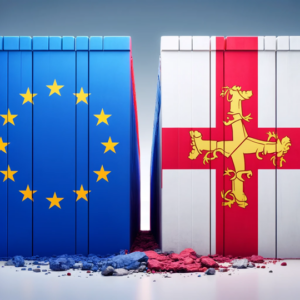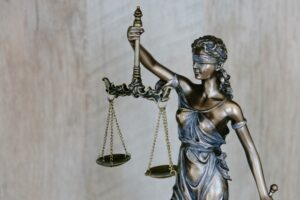Understanding the Declaration of Use in Argentine Trademark Law: A Comprehensive Guide
In Argentina, the robust protection of intellectual property rights, particularly trademarks, hinges significantly on procedural compliance. One such critical procedural requirement is the filing of a Declaration of Use, which plays a pivotal role in the lifecycle of a trademark.
This guide delves into the nuances of this requirement, its implications for trademark holders, and the associated legal and administrative processes.
The Legal Imperative of the Declaration of Use
Under Argentine trademark law, every trademark holder is obliged to file a mid-term affidavit of use, known as the Declaration of Use, between the fifth and sixth anniversaries of the trademark’s registration. This declaration serves as a key checkpoint to ensure that trademarks registered in the country are actively utilized in commerce.
The failure to comply with this requirement has significant repercussions. Primarily, the Trademark Office (TMO) will not approve any renewal applications for the trademark until the Declaration of Use has been appropriately filed for the registration period in question. This mechanism ensures that only those trademarks that are actively used continue to enjoy the legal protections afforded by registration.
Contents and Submission of the Declaration
The Declaration of Use involves submitting a written statement that lists the goods and/or services for which the trademark has been actively used over the past five years. This list should encompass all products or services that fall within the trademark’s scope of protection, potentially extending to related goods or services even in different classes or those used as a commercial designation.
It is crucial to note that at the time of this filing, the Patent and Trademark Office (PTO) does not require evidence of actual use. The primary goal is to receive a formal declaration from the trademark holder. However, should the declaration not be submitted timely, it triggers a rebuttable presumption of non-use. This does not automatically lead to the expungement of the registration but makes the trademark vulnerable to cancellation actions. Such actions can be initiated by third parties demonstrating a legitimate interest or by the PTO itself.
Concurrency with Renewal and Potential Penalties
The Declaration can also be filed concurrently with the trademark’s renewal application. In such cases, it must be submitted immediately before the renewal application and through a specific process tailored for each class involved. If the declaration accompanies a renewal, additional annual official fees are imposed.
Be aware that submitting a false declaration, whether due to error or fraud, can precipitate cancellation proceedings. These proceedings can be initiated by any third party with a legitimate interest and are adjudicated through a judicial process, underscoring the importance of accuracy and honesty in the filing.
Fees and Administrative Details
The cost of filing the Declaration of Use is relatively modest. There is a fee per trademark, per class and a late filing during the grace period.
Documentation Requirements
To file the Declaration of Use, certain documents are essential:
- Power of Attorney (PoA): A notarized and legalized PoA, signed by an authorized representative, must be submitted. This can be legalized via an Apostille or directly at the Argentine Consulate. Although a scanned copy of the PoA suffices for initial deadlines, the original should be available upon request by the TMO.
- List of Goods/Services: A detailed list of the goods and/or services associated with the trademark usage over the last five years must be provided. This documentation should comprehensively cover the trademark’s scope of protection and related commercial uses.
Conclusion
The Declaration of Use is a fundamental element of trademark law in Argentina, ensuring that trademarks are not merely registered but actively employed in commerce. By adhering to these requirements, trademark holders can safeguard their rights and maintain the integrity of their brands in the Argentine market.
At Dreyfus Law Firm, we understand the complexities of trademark law in Argentina. Our experienced team provides comprehensive legal support to ensure that your Declaration of Use is filed accurately and on time, protecting your valuable trademark rights. Trust us to navigate the intricacies of Argentine trademark law, ensuring your intellectual property remains secure and enforced.
Join us on social media !







 In a world where the lines between different artistic disciplines are becoming increasingly blurred, fashion designers often draw inspiration from art to bring their collections to life or to promote their brands.
In a world where the lines between different artistic disciplines are becoming increasingly blurred, fashion designers often draw inspiration from art to bring their collections to life or to promote their brands.


 The advent of
The advent of 


